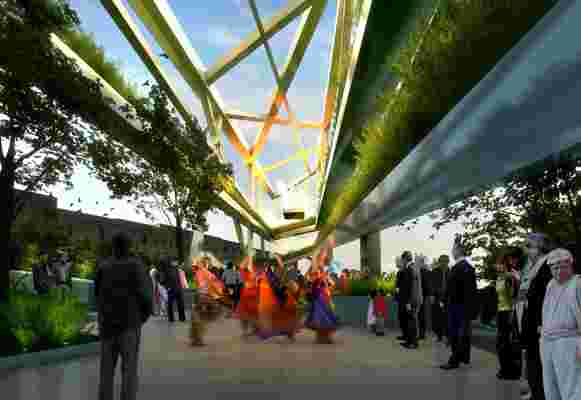Daniel Libeskind first earned a spot in architectural history with his 1988 design for Berlin’s Jewish Museum , a zigzagging building that used the structure’s form to express a complex political condition. The project’s tight angles, narrow slit windows, and zinc cladding were not merely an aesthetic choice but a cerebral exploration of the Jewish experience in Germany.
Since then, Libeskind has gone on to design all kinds of projects, from the Denver Art Museum to the Contemporary Jewish Museum. Just this month, though, he returned to his early politically inclined work when he unveiled a design for the Kurdistan Museum, which he positioned as a platform dedicated to presenting Kurdish culture. The building, slated to be located in the northern city of Erbil, Iraq, would include exhibition spaces, a lecture hall, multimedia educational facilities, and a place to grow a collection.
The structure will house exhibitions that tell the story of the Kurdish experience, and the building itself—like the Jewish Museum—will be part of that story. Libeskind conceived it as four interlocking volumes, each representing a different Kurdish region: Turkey, Syria, Iran, and Iraq. A line intersecting these forms, according to a statement by the architect, symbolizes the past and future of Kurdistan. A lattice structure juts out from the volumes and cantilevers over the site, providing, as he put it, an optimistic gesture.

A view of the museum’s interiors.
For a part of the world that has seen a string of historically significant buildings razed as a result of political conflict , Libeskind hoped this new project will provide a counter narrative. As he noted, “The design had to navigate between two extreme emotions: sadness and tragedy, through the weight of history, and of joy and hope, as the nation looks to the future.” There is no timetable as to when the plan would begin, as Libeskind and museum stakeholders are now seeking financial support for the project.
